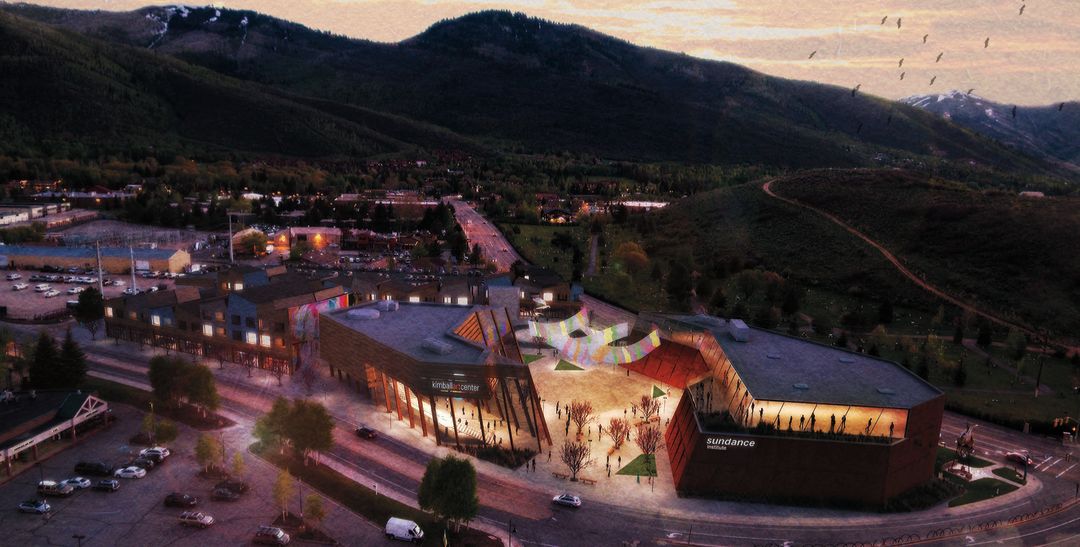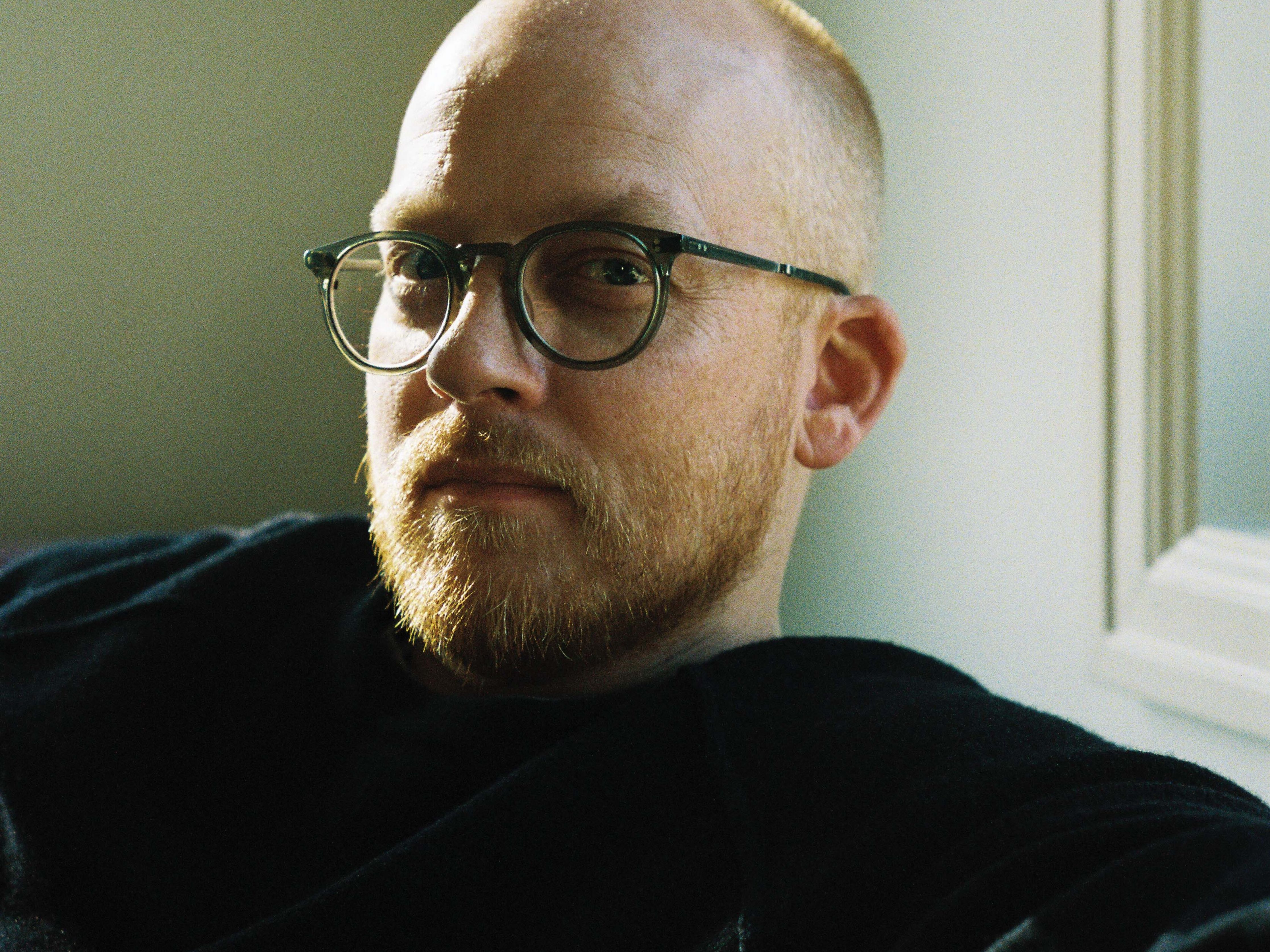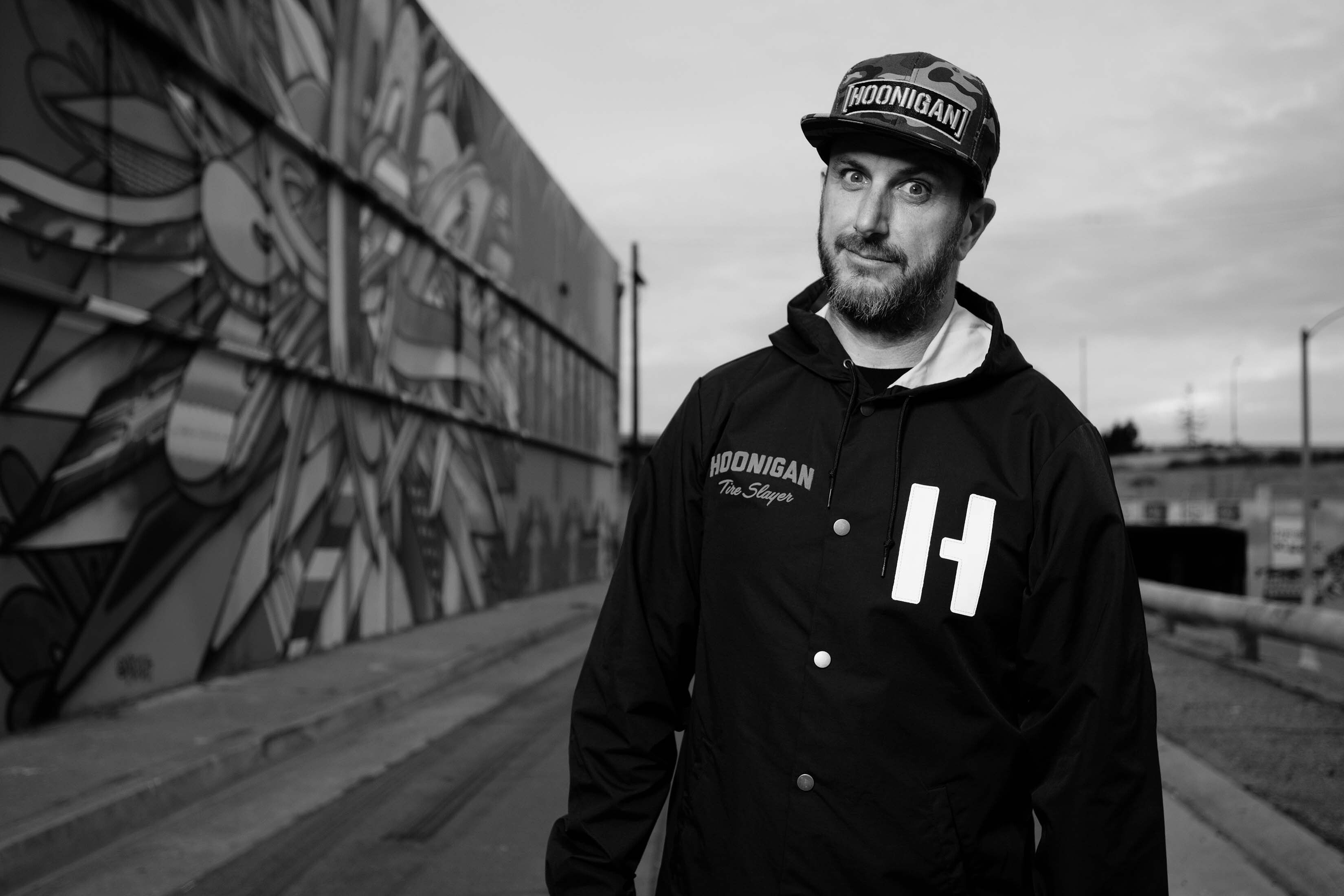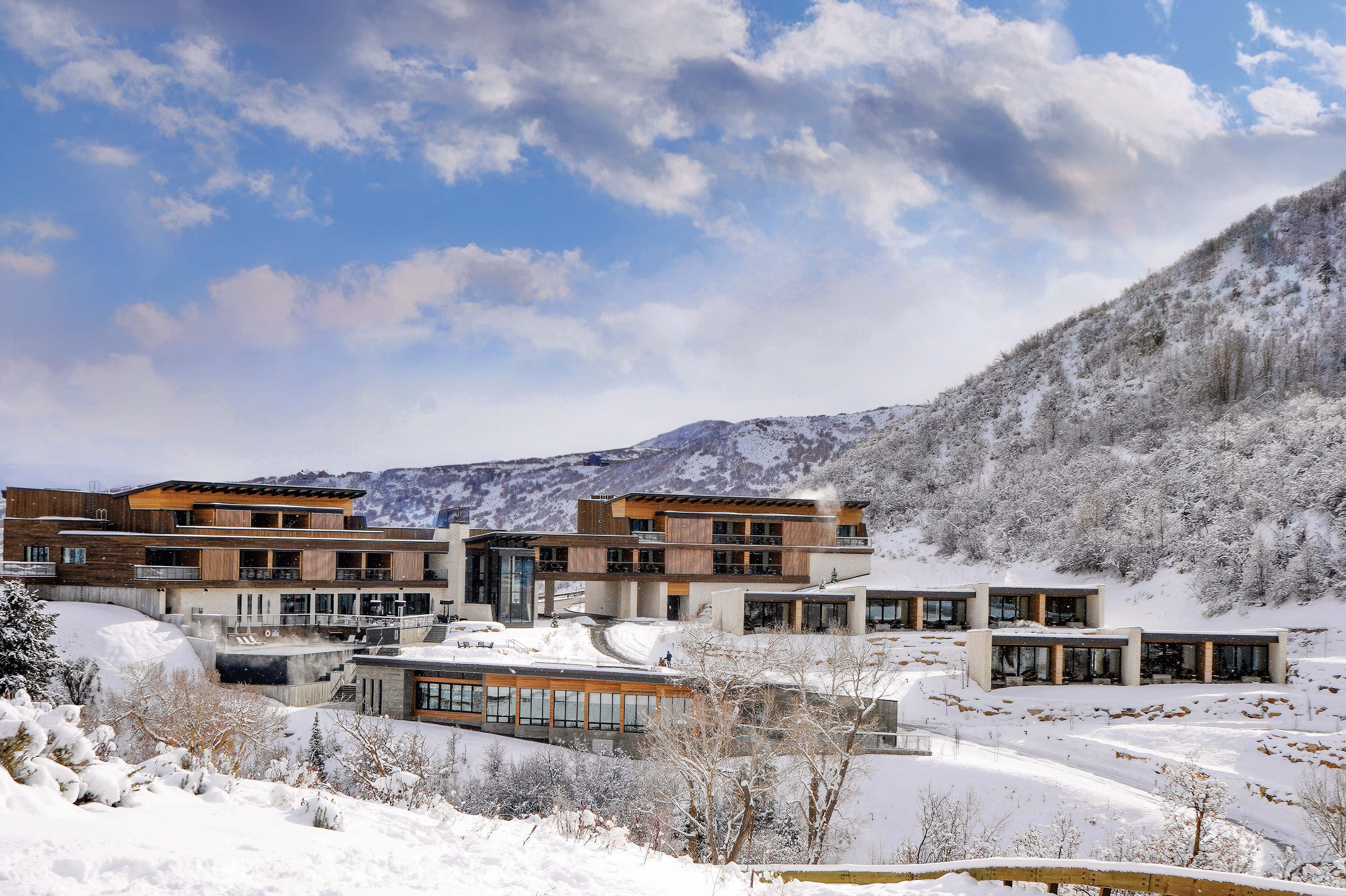A New Culture & Arts District is Coming to Park City

Though its design is still in the preliminary stages, this rendering depicts what the Bonanza Park arts and culture district could look like when complete.
Image: GSBS Architects
In a couple of years, the drive from Kearns Boulevard into Park City is going to look—and feel—a whole lot different. If everything goes according to plan, an art-infused neighborhood—with shops, galleries, a theater, restaurants, open space, housing, and a transit hub—will occupy the quadrant between Kearns, Bonanza Drive, and Munchkin Road. Last July, Park City Municipal announced its ambitious plan to purchase the 5.25-acre parcel in Bonanza Park (the transaction will be finalized in January 2018), paving the way for an arts and culture district with veteran nonprofits Sundance Institute and the Kimball Art Center as anchor partners.
“This neighborhood has been yearning for something that’s meaningful and makes sense in terms of the way we’d like to see the community evolve,” explains former Mayor Jack Thomas, who sees the benefits of this lower-density project as both community-enhancing and practical. City Capital Budget, Debt, and Grants Manager Nate Rockwood sees the district’s unique, off-piste draw as a way to diversify the local economy.
For now, the three partner entities are working through the visioning and design process together, figuring out their individual and collective needs and wants. Decision makers at the Sundance Institute require larger office and archival space and would love to have a theater and dedicated space for year-round artists-in-residence programs. Leadership at the Kimball are eager to transition the center from its temporary space at 1401 Kearns Boulevard while contemplating ways to further serve the community beyond galleries, studios, and partnerships with local schools. And the city is focused on its overriding goals: affordable housing, transportation, and net-zero sustainability. “We all are dreaming, but we need to narrow our dreams to reality,” explains the Sundance Institute’s Betsy Wallace.
The city will shoulder the $19.5 million land purchase with a 1 percent increase in the transient-room tax, which goes into effect on January 1, 2018. Sundance and the Kimball have signed letters of intent to, in turn, purchase the lots for their buildings (roughly 40,000 square feet each); both nonprofits are embarking on multimillion-dollar capital campaigns to pay for their respective spaces.
In addition to functionality, stakeholders are mulling the district’s overall feel and experience. They see this as an opportunity to influence Park City as a whole in an unprecedented way because of the area’s location outside Park City’s historic district. “What really resonates with us as humans is what we see,” says Thomas, noting that the aesthetics of a space—how one approaches and moves through a community—can deeply impact that community. And, he says, “good aesthetics don’t happen accidentally.”
The partners plan to break ground on the Bonanza Park arts and culture district in spring of 2019.






































